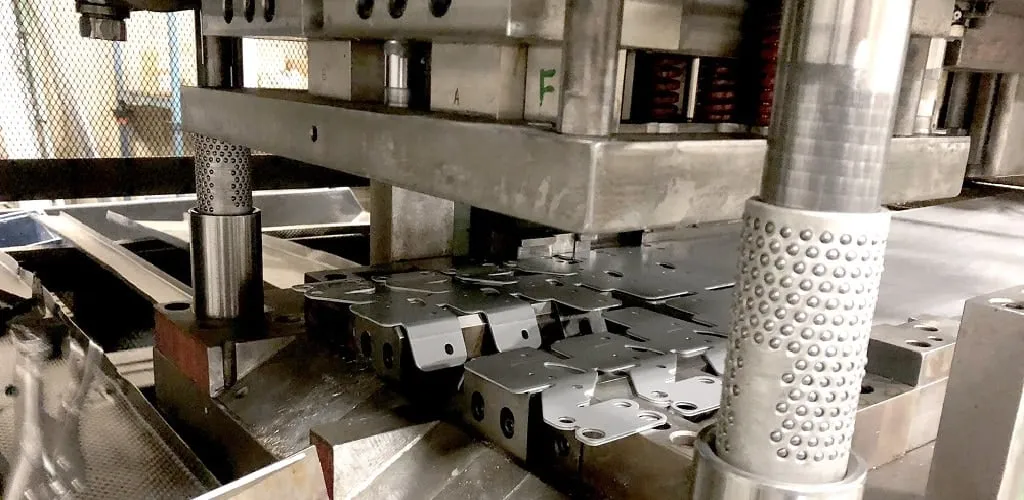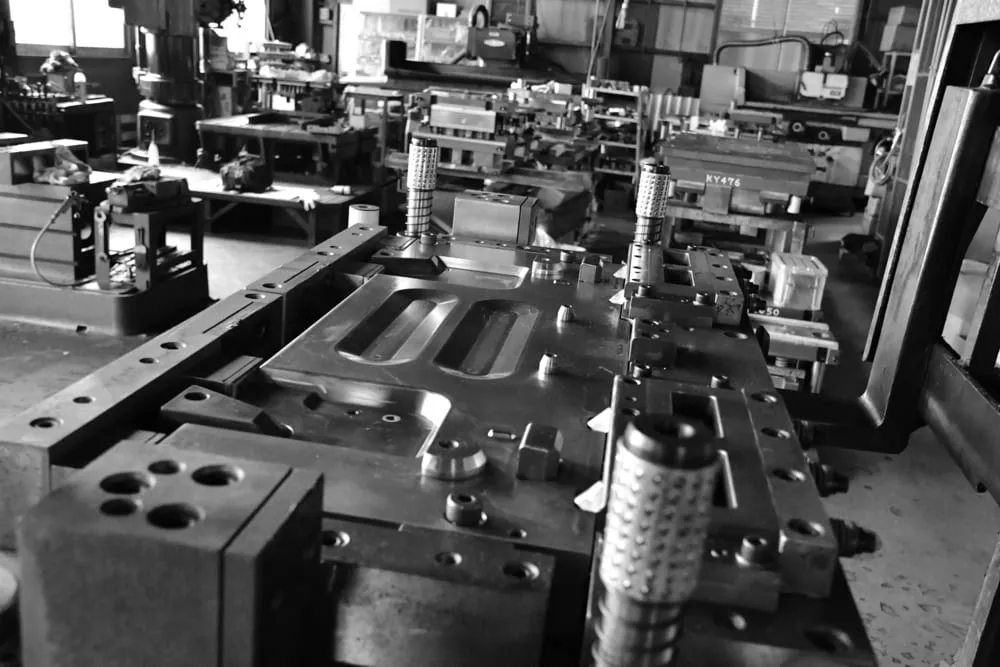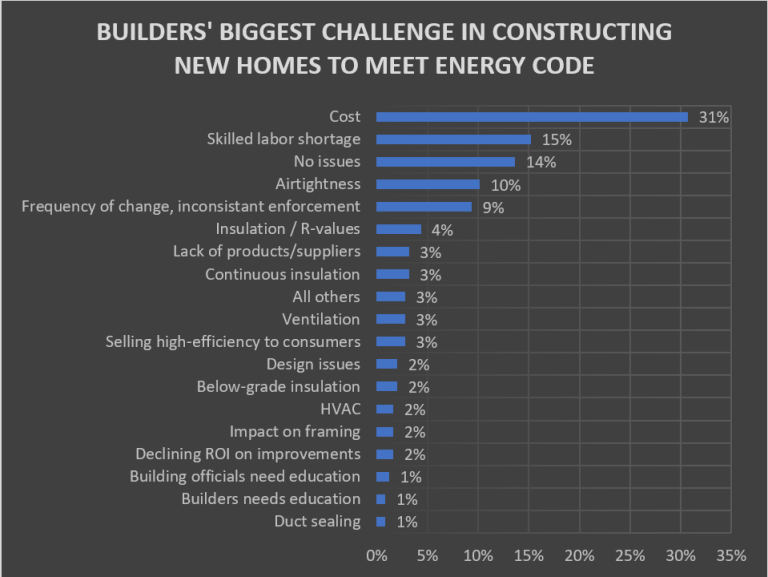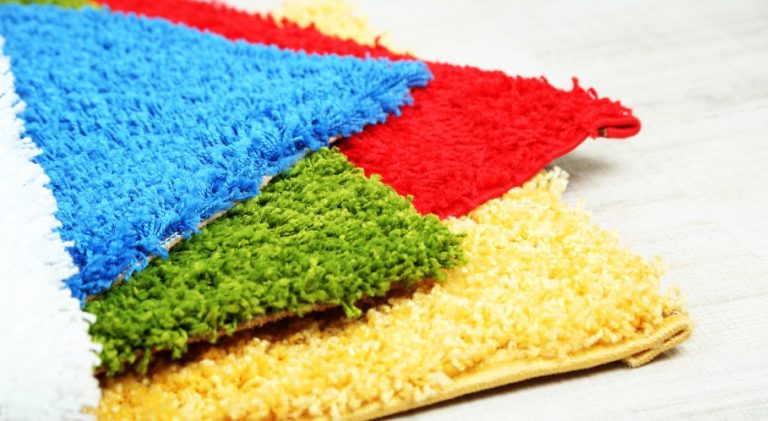Progressive Die Stamping Process: Shaping Durable Parts with Geomembrane Expertise
The progressive die stamping process is a highly efficient method used in various industries to fabricate durable parts. By integrating the expertise of geomembrane technology, this article explores how progressive die-stamping processes can shape and fabricate materials into highly durable parts.
Progressive die stamping involves feeding strip metal through a series of workstations that perform unique actions to shape and fabricate materials. With the integration of geomembrane expertise, manufacturers can achieve enhanced precision and durability in the production of parts.
The progressive die-stamping process typically consists of four stages. First, a progressive die is properly positioned into a stamping press, ensuring proper opening and closing functionality. This step is crucial for the seamless operation of the stamping equipment.
Next, metal strips are fed through the stamping die, where each press stroke executes precise blanking and forming actions. The integration of geomembrane technology allows for the removal of excess material, increasing automation and efficiency in the process.
The feed then automatically moves the metal strip to the next station, which performs a different process progressively. Here, the expertise of geomembrane technology can be utilized to achieve specific design requirements. Geomembranes offer exceptional strength, flexibility, and resistance to environmental factors, making them ideal for shaping and fabricating durable parts.
Finally, at the last station, the finished part is cut free from the feed line for further processing and assembly. With the integration of geomembrane technology, manufacturers can ensure the production of high-quality, long-lasting parts that meet stringent industry standards.
To achieve ultra-high tolerance standards at every stage of the process, manufacturers employ various techniques. The first step involves designing the progressive die using advanced computational models. This layout and design phase optimizes the position of every punch, bend, and hole on the blank strip, ensuring precise and accurate shaping of the material.
Wire EDM (Electric Discharge Machining) is another crucial process in progressive die stamping. By using an electrically charged brass wire, die blocks are further shaped with a controlled metal spark. With the precision of geomembrane technology, wire EDM processes can achieve intricate shapes, angles, and contours with cutting tolerances as low as ±2 µm. Additionally, surface qualities can be enhanced, reaching as low as Ra 0.1 µm, resulting in parts with superior finish and performance.

Once all the necessary tool components are complete, an engineer assembles the die according to the original design specifications. This process requires precision instruments to ensure the accurate alignment and functionality of the die.
In conclusion, the integration of geomembrane technology in progressive die-stamping processes offers significant advantages in terms of precision, durability, and efficiency. By leveraging the expertise of geomembrane materials, manufacturers can produce highly durable parts that meet the stringent requirements of various industries. Embracing this innovative approach enhances the overall quality and performance of progressive die-stamping processes.




